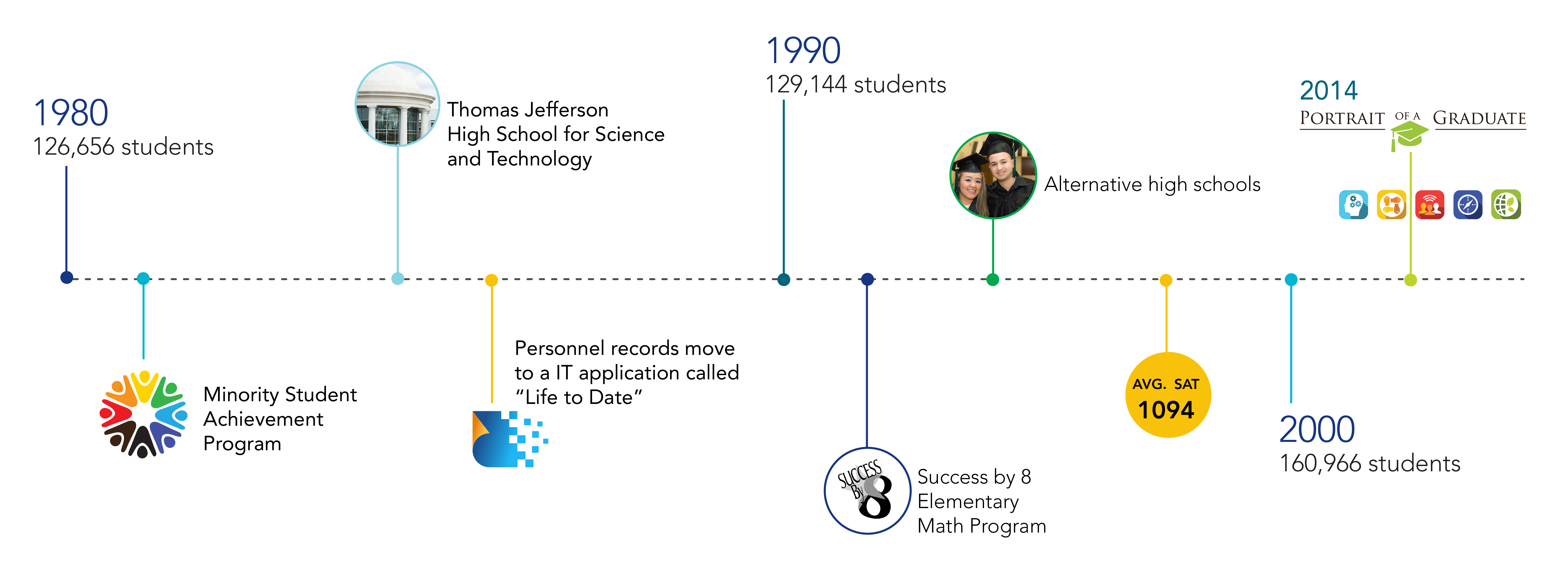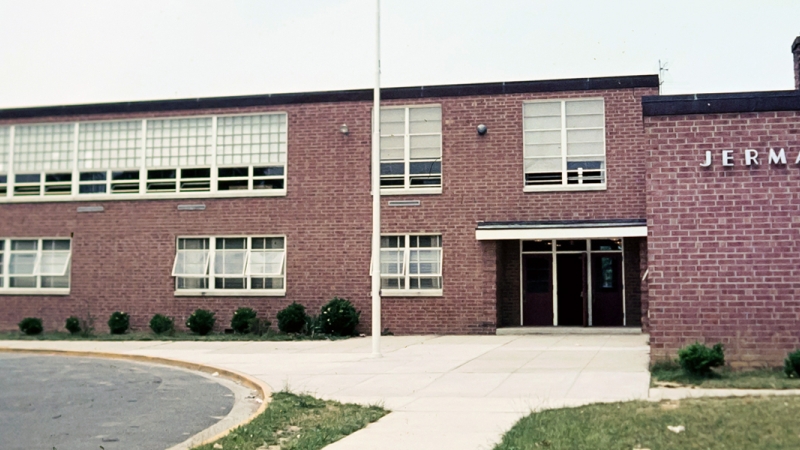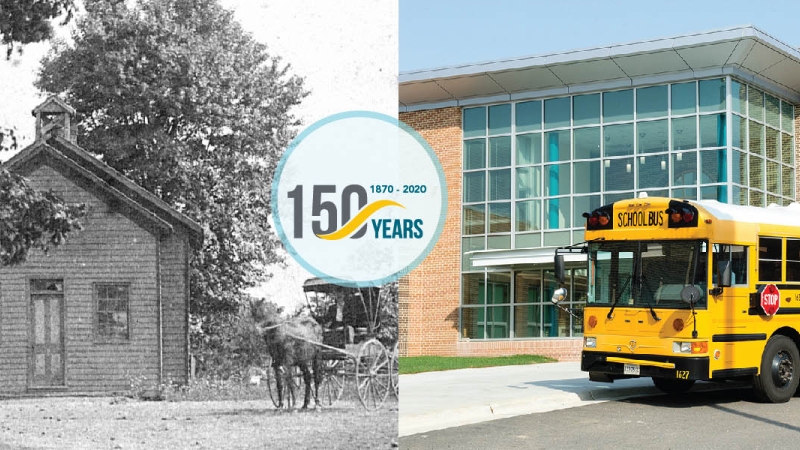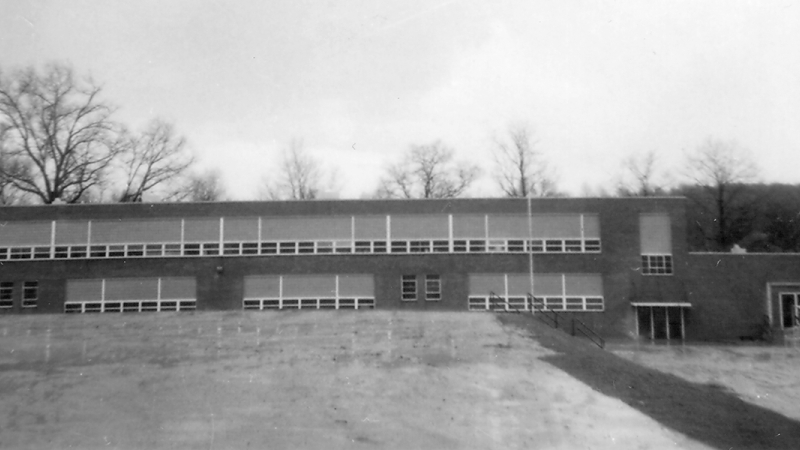
1970-2000: Reform and Innovation
Enrollment and shifting priorities
Reform, growth, and innovation
As quickly as the enrollment growth spigot opened during the 1960s, it quickly closed in the late '70s when enrollment decreased by more than 2,200 students. These decreases continued through 1980. By that time, the school system had 6,700 fewer students than in 1970. In fact, 14 schools were shuttered, half of which closed in 1980. Enrollment growth was shifting in the east and south while growing in the western and northern parts of the county. Boundary studies were conducted and were associated with opening and closing schools and balancing enrollment between schools.
Learn about the history of closed schools (1974-2011).
Federal influence on education
The 1980s was a decade of educational reform based on the premise that America’s schools were mediocre but worth saving. An 18-month study was conducted by a blue ribbon National Commission on Excellence. The publication of “A Nation at Risk” in 1983 led to reform efforts and new priorities at the local, state, and federal level.
For FCPS, the findings of “A Nation at Risk” were incorporated into important aspects of the educational process, including content, expectations, time, and teaching. FCPS staff accepted the conclusions that:
- More emphasis was needed on math, science, and languages.
- Better classroom management was needed to ensure more student time on school work, including reading and study skills.
- Enhanced teacher preparation and pay were needed to remedy critical shortages in fields of math, science, and foreign language, and in the teaching of special groups such as gifted and talented, language minority, and handicapped students.
Federal reform initiatives and updates reached well into the 1990s and beyond, addressing new professional standards for teacher education and licensure, principal evaluation systems, merit pay for teachers; and providing resources for states and communities to ensure that all students reach their full potential.
Some of the Federal programs launched and expanded in the 1980s included the Education for Economic Security Act (1984), Carl D. Perkins Vocational Education Act (1984), Drug-Free Schools and Communities Act (1986), Education of the Handicapped Act and Amendments (1986), and Technology-Related Assistance for Individuals with Disabilities Act (1988).
States were responsible for addressing student academic achievement, the gap between white and minority student test scores, dropout trends, graduation rates, student participation in advanced courses, and the introduction of Thomas Jefferson High School for Science and Technology.

Technology and Education
An era of rapid technological change began during the 1980s within the division, as technology and instruction — along with the terms instructional television and learning technology — filtered into the educational landscape. FCPS’s Red Apple 21 television station was launched from this new form of technology, broadcasting video by traditional satellite, producing educational programming for FCPS educators to use in the classroom. This was later followed by computers and whiteboards in the early 1990s as instructional tools for teaching and learning.
Enrollment and Diversity
The decade from 1990-2000 saw a steady and substantive increase in student enrollment and diversity in the division from 129,242 students in 1990-91 to 160,966 in 2000-01, with minorities comprising 40.5 percent of the total enrollment by the end of the decade. Throughout the 20th century, FCPS has maintained a legacy of excellence, even in the face of unprecedented change and growth. Every student is valued as a capable individual who is willing to learn and is excited about learning. Graduates are prepared to engage in the lifelong pursuit of academic knowledge and interdisciplinary learning by encompassing the attributes of Portrait of a Graduate: Communicator, Collaborator, Ethical and Global Citizen, Creative and Critical Thinker, and Goal-Directed and Resilient individual.





